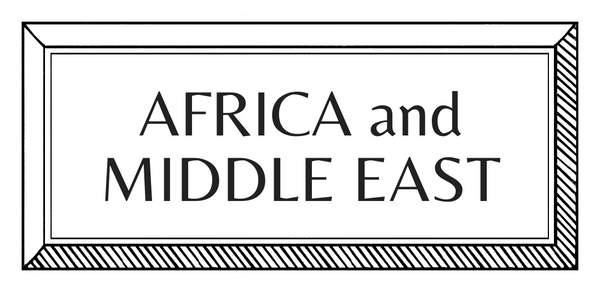CRAFT STORIES | EUROPE | FRANCE | LEATHERWORK
Hermès and the Glorious Tradition of Leatherwork

For Hermès, saddlery and leatherwork are integral, exceptional traditions, to the point of defining the Maison's identity. Yet, until this year, their soft, extraordinary leathers had never been used for a home collection. Charlotte Macaux Perelman and Alexis Fabry explain why, while discussing the Maison's style and why it is based on a solid key-pillar: quality. This cannot exist without the industriousness and ingenuity of the world's best craftsmen.
An elegant equestrian scene and horse harness logo are integral to the identity of Hermès, recognizable the world over. One member of the Maison's family, who enchanted the world with his impeccable taste, famously said (while speaking of leather saddles): "The horse is our top priority, followed by the rider."
This anecdote perhaps conceals a moral in defence of functionality: it is by seeking the highest quality in useful, well-made things that one will discover beauty. It is true, however, that when it comes to style, Hermès recognized and elevated more than anyone else the simple, noble aesthetics of horse and rider, to the point that horses were already present (pulling carriages) in its first scarf, produced in 1937.
Is it not then bizarre that leather and the tradition of saddlery were first put at the service of a line of objects only with the latest Homeware collection? Talking with designers, Charlotte Macaux Perelman and Alexis Fabry, the creative duo of the homeware division, one realizes that in their vision tradition and contemporaneity are equated, just as fidelity to the brand's canonical references is always virtuously counterbalanced by an interest in external stimuli.

Concerning the blanket baskets, trays and centerpieces finally made from the Maison's finest leathers, the designers say: “For a long time now we have been shying away from leather: it seemed almost facile, in a way. At Hermès, leather is such a sumptuous material, the artisans who work with it are such virtuosos in their craft, that its systematic presence risked distracting attention, in our view, from the real issue, that of the essential qualities that define an Hermès object... a ‘well-made’ object. The subject of the place of leather in our creations occupies us less today: I think we have found a sort of balance point."
The collection has something geometric and rigorous about it, like many of the pieces that have defined Hermès' positioning in homeware. The color combinations are strong and unconventional, but immediately understandable (perhaps because they look like the colors of jockeys at racetracks). In truth, even from a distance or in photos, the first thing you see is the exceptional quality with which each piece is made. As Charlotte and Alexis are well aware, the Maison's artisans have set a very high standard that allows them to collaborate effectively, even with external manufacturers, aware of the challenge they are taking on.

The duo identify strongly with a comment made to Tomás Alonso, which simply affirms: “An Hermès object is a well-made object.” For them, the statement expresses "both the demands our artisans make on themselves and their humility”.
The collection of leather objects has been named Derby. When asked where the inspiration comes from, they reply: “This year, the work of relating objects in the Hermès tradition with other contemporary creations was handled very naturally: a retrospective 'rapprochement', since the objects were already there and we just had to find their antecedents in the Hermès collection.
"We were happy to discover that there was plenty to choose from, so there were countless connections to be made... Hermès and its history keep manifesting itself without our realizing it, quite in spite of us all...”

Words by Sara Pierdonà
Images by Hermès, Maxime Verret and Louis de Roffignac












































